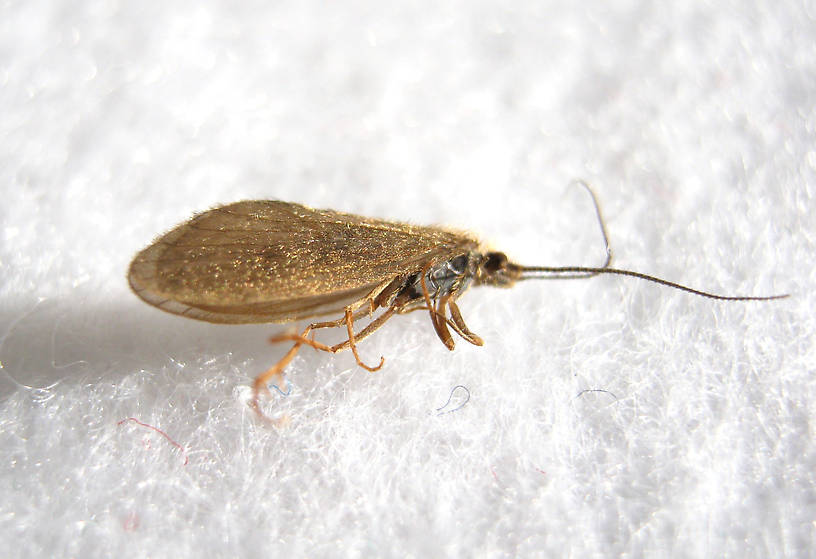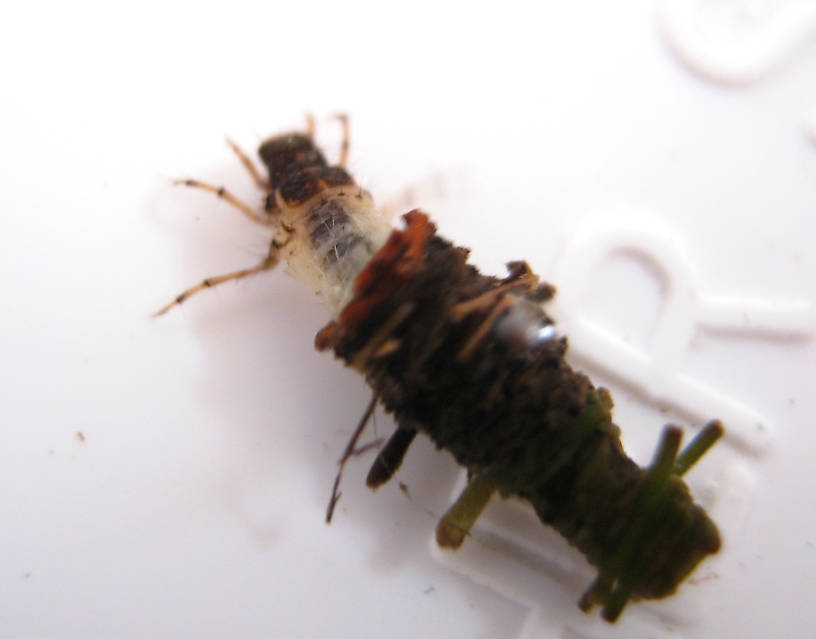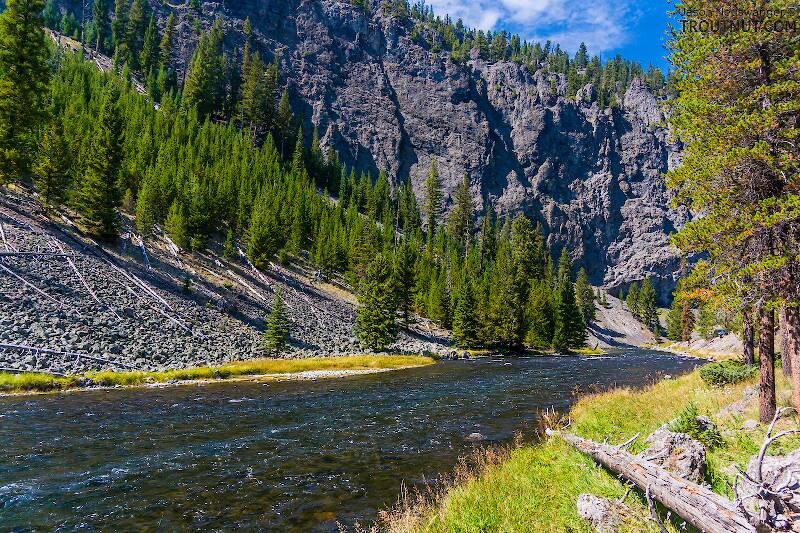
Blue-winged Olives
Baetis
Tiny Baetis mayflies are perhaps the most commonly encountered and imitated by anglers on all American trout streams due to their great abundance, widespread distribution, and trout-friendly emergence habits.
Featured on the forum

This is an interesting one. Following the keys in Merritt R.W., Cummins, K.W., and Berg, M.B. (2019) and Jacobus et al. (2014), it keys clearly to Ephemerella. Jacobus et al provide a key to species, but some of the characteristics are tricky to interpret without illustrations. If I didn't make any mistakes, this one keys to Ephemerella mucronata, which has not previously been reported any closer to here than Montana and Alberta. The main character seems to fit well: "Abdominal terga with prominent, paired, subparallel, spiculate ridges." Several illustrations or descriptions of this holarctic species from the US and Europe seem to match, including the body length, tarsal claws and denticles, labial palp, and gill shapes. These sources include including Richard Allen's original description of this species in North America under the now-defunct name E. moffatae in Allen RK (1977) and the figures in this description of the species in Italy.

Troutnut is a project started in 2003 by salmonid ecologist Jason "Troutnut" Neuswanger to help anglers and
fly tyers unabashedly embrace the entomological side of the sport. Learn more about Troutnut or
support the project for an enhanced experience here.
Little Brown Sedges
Like most common names,"Little Brown Sedge" can refer to more than one taxon. They're previewed below, along with 2 specimens. For more detail click through to the scientific names.
Caddisfly Family Lepidostomatidae
These are pretty much always called Little Brown Sedges.
See Lepidostoma for details. It's the only important genus in this family.
The other one, Theliopsyche, is an uncommon Eastern small stream genus.
The other one, Theliopsyche, is an uncommon Eastern small stream genus.

These specimens are still alive, just very cold, so the colors are accurate. I put them in the freezer for a bit to settle them down and overdid it a little:)

The photo of the specimen cased is alive. The photo of the uncased larva is the same specimen taken after it was preserved in its case. Unfortunately, there was a lot of pigment transfer making the specimen look olivaceous. In life it was grayish white as shown in the first photo.
See 8 more specimens...
Caddisfly Species Lepidostoma podagrum
These are pretty much always called Little Brown Sedges.
This species can be distinguished from other Lepidostoma by its swollen & scaly foretibiae. This is an important species in some western locales and often precipitates excellent angling opportunities. See the Lepidostoma genus hatch page for information on habitat and life history.

These specimens are still alive, just very cold, so the colors are accurate. I put them in the freezer for a bit to settle them down and overdid it a little:)

The photo of the specimen cased is alive. The photo of the uncased larva is the same specimen taken after it was preserved in its case. Unfortunately, there was a lot of pigment transfer making the specimen look olivaceous. In life it was grayish white as shown in the first photo.
See 2 more specimens...
Caddisfly Species Lepidostoma pluviale
These are often called Little Brown Sedges.
This is the most important Western species of Lepidostoma, and it can be very important to fly anglers.
References
- Jacobus, L. M., Wiersema, N.A., and Webb, J.M. 2014. Identification of Far Northern and Western North American Mayfly Larvae (Insecta: Ephemeroptera), North of Mexico; Version 2. Joint Aquatic Science meeting, Portland, OR. Unpublished workshop manual. 1-176.
- Merritt R.W., Cummins, K.W., and Berg, M.B. 2019. An Introduction to the Aquatic Insects of North America (Fifth Edition). Kendall/Hunt Publishing Company.

